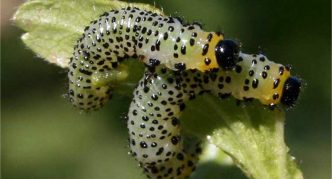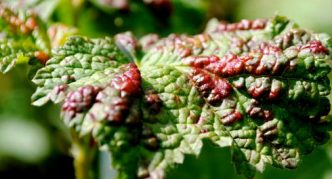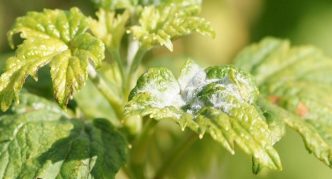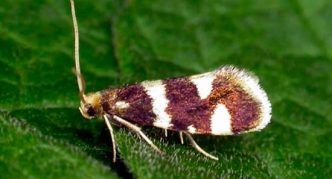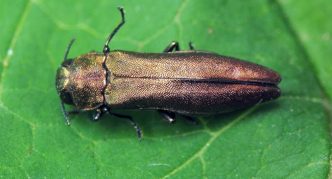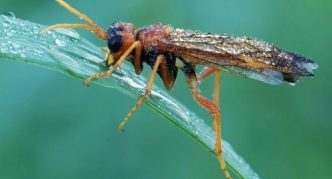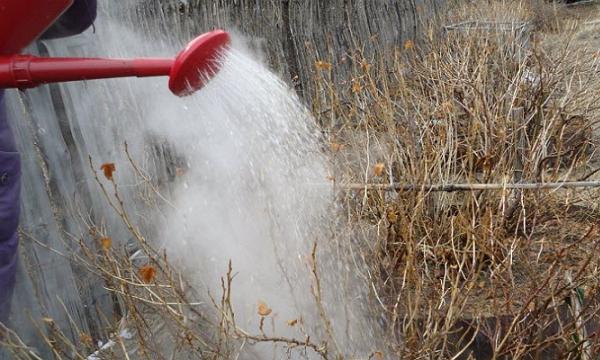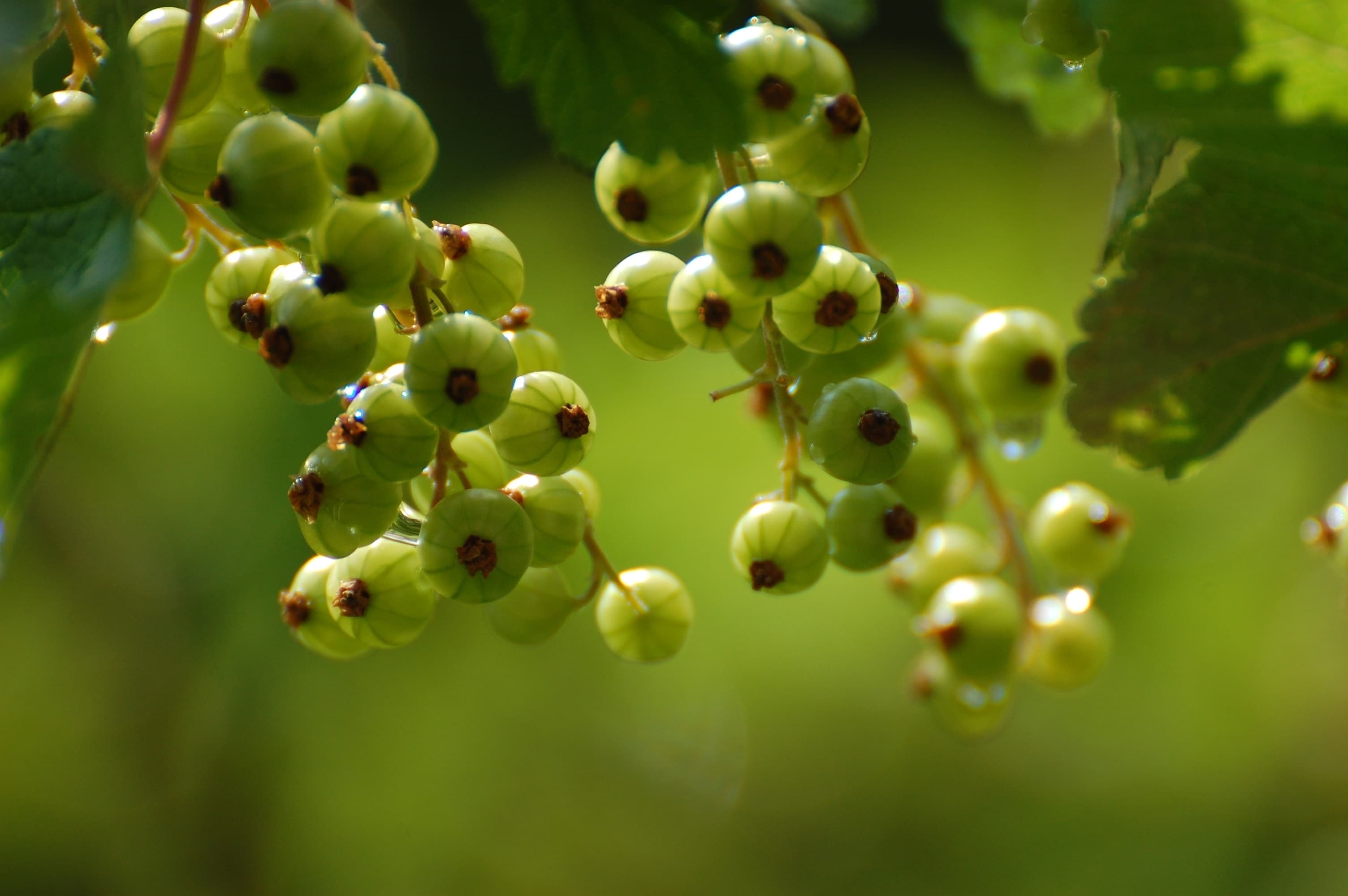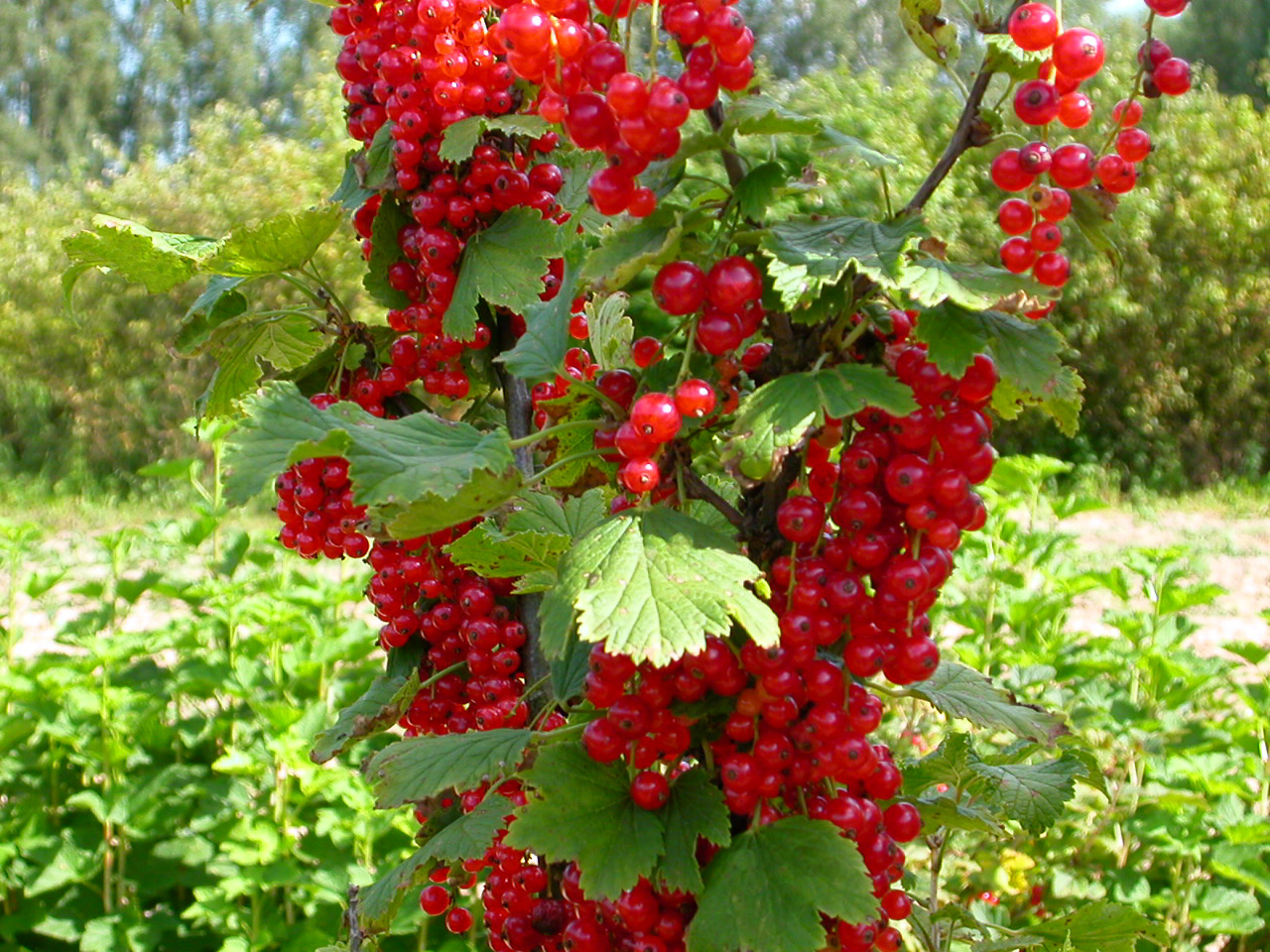Why do they pour boiling water over currants at the end of winter? Here I read the lunar calendar of a gardener and a gardener, and there it is written. Will not this make my bushes worse? They are of course stunted, but they are still alive! Tell us about the processing!
Love.
What is the treatment of currants with boiling water
Watering red, black and white currants with boiling water belongs to the category of "grandmother's advice". In the scientific literature, you are unlikely to find such recommendations. But nevertheless, this method of pest control of shrubs has a right to exist. Let's see why it is used.
As you know, fruit shrubs, which include currants, are susceptible to diseases and pests. Gardeners annually carry out a whole range of measures aimed at combating them and increasing yields. Such measures include treatment with fungicides and pesticides, the use of folk remedies. And here we will divide all amateur gardeners to feast on a useful berry into two camps: those who favor chemical methods of protection, and those who resort exclusively to folk remedies. Opponents of chemical treatments have just reserved for themselves watering fruit shrubs with boiling water as the only and sure remedy for uninvited insects.
What pests are more dangerous than others
Pests of black, red and white currants include:
- currant kidney mite,
- leaf gall aphid,
- spider mite,
- currant kidney moth,
- blackcurrant fruit sawfly,
- narrow-bodied currant goldfish,
- currant glass jar,
- gooseberry sawflies and aphids.
Examples of pests in the photo
- Gooseberry sawfly caterpillars
- Leaf gall aphid
- Spider mite
- Currant kidney moth
- Currant glass
- Narrow-bodied currant goldfish
- Currant kidney mite
- Blackcurrant fruit sawfly
Blackcurrant varieties resistant to kidney mite infestation:https://flowers.bigbadmole.com/en/yagody/smorodina/pochkovyy-kleshch-na-smorodine-mery-borby-vesnoy.html
All these insects hibernate in the organs of the plant or in the soil under it. They can spend the wintering period in different phases:
- caterpillars,
- pupae,
- butterflies,
- larvae,
- eggs,
- adults.
For example, the leaf gall aphid that damages the leaves of the plant hibernates as eggs on the shoots near the buds. Butterflies of the currant bud moth lay their eggs in unripe berries, the seeds of which are feasted on by their larvae. Having fed up with fruits, the grown caterpillars leave for the winter, and in the spring they penetrate the buds. The caterpillars of the currant goblet hibernate inside the shoots. They penetrate there from the buds, making moves and damaging the tissues of the branches. But the main pest of currants - the kidney mite - spends a dormant period in the buds themselves, which eventually increase in size and dry out. This type of tick is a carrier of a dangerous viral disease of the plant - terry.
Here we examined those insects that, in principle, can be fought with boiling water, because they spend some phases of development directly on the plant or inside it.
How to properly pour the bushes in spring
The processing of fruit bushes with very hot water is carried out until the buds open and the green leaf cone emerges. In different regions of our country, the timing will also differ. It all depends on the speed of snow melting, soil thawing and the beginning of sap flow.It is very important not to miss this moment, otherwise you can seriously harm the plant.
Treatment is carried out only on dormant kidneys! Carrying out the procedure in the fall will not give an effect - the mites hide in tightly closed kidneys.
How to choose and plant currant seedlings correctly:https://flowers.bigbadmole.com/en/yagody/smorodina/posadka-smorodinyi-vesnoy-sazhentsami.html
Boiling water consumption is about 10 liters for two young bushes. It is better to take a metal watering can with a sprinkler nozzle, where to pour the boiled water and use it to process each shoot on the bush. If the plant is old enough and large, then the consumption will increase. Insects hibernating on shoots and in buds will die during processing.
Other ways to control harmful insects
It should be noted that there are pests that hibernate in soil or leaf litter, for example, the gooseberry moth, which damages the leaves of currants and gooseberries, or the gooseberry sawfly, hibernating in the larval stage in the soil under the plant. Such individuals need to block the possibility of leaving the soil so that they lose time for reproduction. This is done by covering the ground under the bushes with dense material, for example, roofing material, the edges of which are sprinkled with soil. Only after flowering, the shelter can be removed.
If you do not trust the above methods, try other folk remedies, for example, treating plants with infusions of tobacco, makhorka, yarrow, garlic, spraying with a 1% decoction of red hot pepper. This is done in the spring during the release of the larvae from the eggs, when the leaves bloom. currant planted in autumn... For a tick, you can try to spray currants with this infusion: 40 grams of laundry soap per 10 liters of water with the addition of one glass of chopped onions and dandelion leaves.
Those who are too lazy to mess around, and who are not afraid of any kind of chemistry, are allowed to use Fufanon, Fitoverm, Iskra, Aktellik. And a recommendation to everyone, without exception: attract insects to the garden that are enemies of our enemies. In the natural environment, unfriendly to currant pests are lacewings, two-spotted ladybugs, larvae of a predatory mosquito, hoverflies. The larvae of these insects can be found at plant protection stations. In addition, insects such as kidney mites can be almost completely eradicated by removing (breaking out) the damaged kidneys. Infected buds are easy to spot: they are very swollen, like small heads of cabbage. Removal takes place in October or early April. If the tick has spread strongly, it is better to get rid of damaged shoots or completely from the plant, so as not to infect neighboring specimens.
And one more piece of advice: try to purchase varieties of currants that are resistant to diseases and pests in garden centers. Do not forget to carry out sanitary pruning, water and feed the plants on time - this is the key to their health and productivity.
Article author: Natalia Isaenkova
